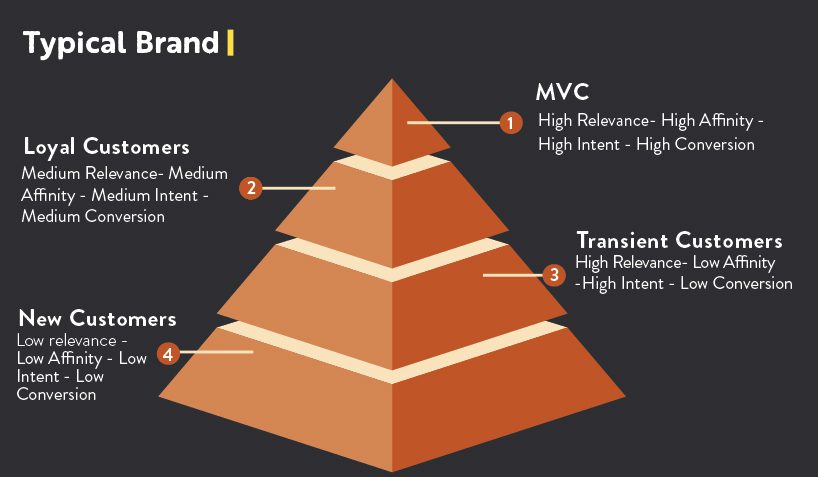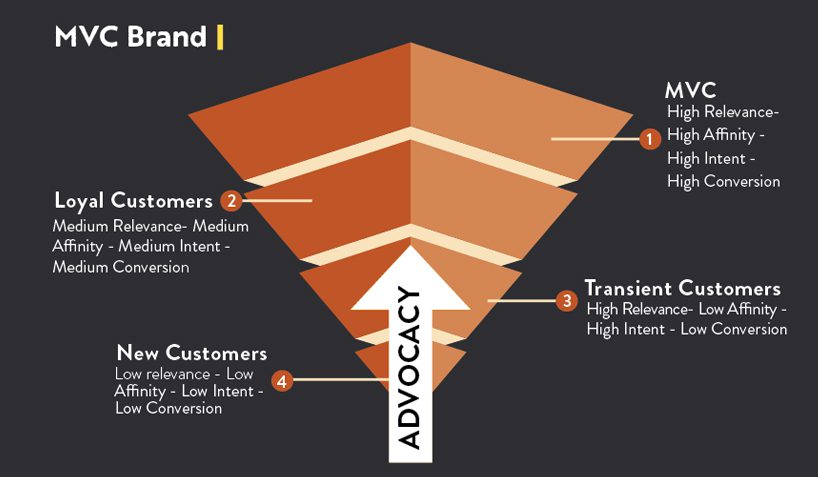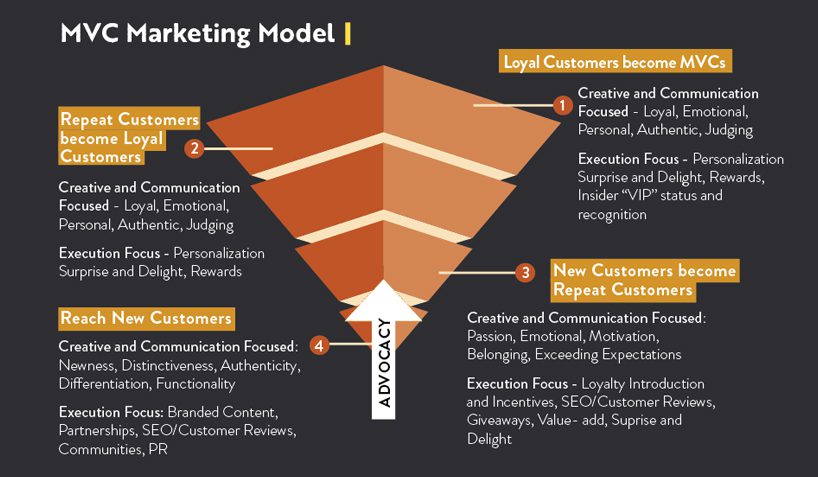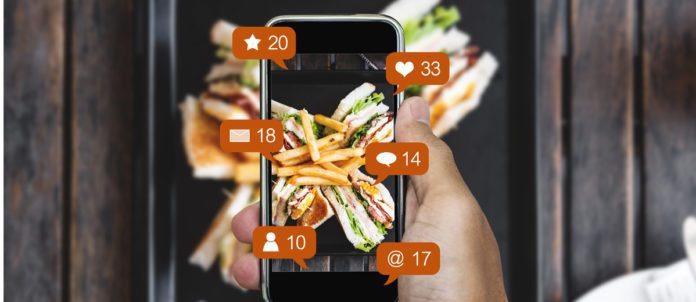When I was running a well-known Canadian QSR brand, I used to dread the moment I would see a new TV spot from our competitors. Knowing we could never compete with even the most modest media budgets, I would watch the creative hook and dread the call from our leadership team to ask if I had seen it and why we refused to compete in traditional media.
Opening my mailbox and finding a flood of new competitor flyers was worse, leading to panicked observations of “huge” competitor sales increases as our teams across Canada would watch coupon redemptions spur what appeared to be steady losses of trial and traffic.
With the lowest ad fund in the industry, this cavalcade of advertising and promotional gimmickry became exhausting and demoralizing to confront. Then I realized, none of it works.
Well, it does work on the surface, but the resulting awareness blips and short-term, artificial sales lifts are usually fleeting, and will almost always distract brand teams from actual business outcomes such as strategic, sustainable growth and permanent competitive differentiation. I didn’t realize this right away. It took a lot of observation, tracking and analysis of restaurant-success indicators against specific marketing and media spending before trends began to emerge.
First, our biggest competitor, with 60 to 70 times our marketing budget, was in a freefall, with tanking same-store sales, increasing annual store closures and shrinking average-unit volumes. Its downfall occurred despite TV spots, high-profile national sponsorships and a regular carpet bombing of consumer coupons through direct-mail campaigns.
Second, an emerging group of unconventional QSR and fast-casual models were exploding south of the border. Droves of
passionate customer brand advocates were driving up the stock prices, store volumes and unit growth of these upstarts. They accomplished all of this with a fraction of the ad budgets in comparison to traditional foodservice giants.
Something had to give. Clearly, this new era of advocacy-driven brands knew something we didn’t. That’s when it hit me. Since these brands weren’t depending heavily on traditional ad and promo tactics to drive sales, they must, instead, be targeting factors that increased customer engagement through an entirely new marketing playbook.
If you focus on communicating the elements of your brand that drive more meaningful connections with your customers, increases in conventional sales metrics will follow. This was proven in real time.
This new normal inspired our team to completely overturn our traditional approach to strategic planning. Here’s how we did it.
We began to embrace and lead with customer engagement and re-imagined marketing as a catalyst for creating upward advocacy. In other words, focusing our strategic planning around identifying customer-engagement segments and targeting them with tactics that increased engagement rather than increasing sales.
We accepted and elevated the thinking that some customers are more valuable than others and our efforts as a team should be to reward and recognize these most valuable customers (MVCs) and create more of them. MVCs are identified as those customers with the lowest acquisition cost and highest lifetime value. They buy more, visit more often and offer the highest levels of advocacy and engagement.
There was a simple strategy that we could follow. Rather than building marketing plans around traditional tactics and outcomes, such as
driving awareness, traffic and sales, we focused instead on targeting the variables we knew drove upward advocacy and created more MVCs — relevance, affinity intent and conversion. Relevance is always top of mind to solve a customer’s problem. Affinity is to commit to routines, behaviours and actions that inspire hyper-loyalty and advocacy. Intent involves increasing purchasing likelihood through the customer journey. Finally, conversion allows for maximizing seamless purchase opportunities and experiences at all customer touchpoints.
Here’s what happened.
Between 2014 and 2019, we climbed from number 5 in our category to number 2. Regular tracking of customer engagement metrics showed consistent year-over-year (YOY) growth in awareness, intent and loyalty compared to key category competition. Lastly, we outperformed the Top-200 industry and category averages in sales growth, unit growth and average-unit volume.
Here’s what we learned (see MVC pyramid models below).


Most foodservice brands are focused on new customers, which is the bottom level of the pyramid. Therefore, the bulk of their customer base has low engagement characteristics: low relevance, low affinity, low Intent and low conversion. In other words, you may get their attention and gain a visit, but these customers are the least likely to be valuable to you in the long term. They typically have the highest acquisition cost and lowest lifetime value to your brand.
This diagram demonstrates how MVC brands differ. By rejecting conventional thinking around low ROI awareness and promotional tactics, MVC brands build sustainable, long-term strategies around upward advocacy.
So, what does the upward advocacy/MVC marketing model look like in action? Conventional thinking around heavy investments in awareness and sales promotion is replaced by actively cultivating and expanding advocacy inside of key customer segments to mobilize upward movement and increased engagement.

How does this thinking apply in the real world in terms of business re-setting and restaurant re-building? This is especially important as the industry continues to absorb regular disruptions and re-sets around a volatile marketplace. Here’s my advice for restaurant and foodservice brands starting a new journey or changing course with their own brand.
IDENTIFY AND UNDERSTAND MVC PYRAMID SEGMENTS This is the biggest and best justification for implementing a loyalty platform. From my own experience, loyalty database growth through acquisition is important, but the most revealing and rewarding asset is the data pointing to customer segmentation. At each loyalty level, the most well-structured rewards platforms will reveal purchase behaviours, motivations and personalities which will, in turn, provide the foundation for impactful customer engagement planning.
ALIGN YOUR TEAMS AROUND CUSTOMER-ENGAGEMENT VARIABLES
It’s not enough to simply build a marketing plan around relevance, affinity, intent and conversion. These strategic customer engagement variables must be embraced inside of cross-functional leadership teams to intentionally and positively influence your brand culture.
EMBRACE, INCENTIVIZE AND REWARD ADVOCACY
In other words, implement an MVC marketing strategy. Effectively understanding, executing and tracking upward advocacy depends on a commitment to moving as many customers as possible into the highest level of MVC engagement. This means move away from plans that depend on a high customer-acquisition cost with low likelihood of retention and commit to an authentic relationship with your customers where you will regularly express appreciation for how valuable they are and share reasons for them to engage with you again.
By Brandon Poole
Brandon Poole is the founder and facilitator of BrandGabs, brand-building workshop that helps businesses and organizations struggling with uncertainty, disruption, and stagnancy. He can be reached at [email protected]


















